Your Call
Which of today’s five featured images is your favorite? Why did you make your choice?
If …
If you are subscribed and had previously been receiving blog post notifications via e-mail on a regular basis and they quit coming in the last month or so, please let me know via e-mail and cut and paste this into the subject line: Please Add to the Personalized Blog Notification List. It seems that some e-mail providers (likely including Gmail) recently began blocking the blog post notification e-mails being sent by the Word Press Newsletter plugin. The new, authenticated sending address was supposed to fix that problem, but it has not 🙂 Life goes on.
The Sony 200-600 Versus the Sony 400-800
When I purchased and immediately and surprisingly fell in love with the 400-800 last spring, many assumed that my 200-600 would be used only rarely. That is not at all the case. The 2-6 (4.65 pounds — less with the lens foot removed), is nearly a pound lighter than the 400-800 at 5.45 lbs. Many folks are able to handhold both of these versatile lenses. For me, however, the weight difference and the smaller size of the 200-600 makes it far easier to handhold than its larger cousin. And the f/6.3 aperture of the 2-6 is a blessing on variably cloudy days as compared to the f/8 aperture of the 4-8. Both of those at the long end of course.
The versatility of both of these telephoto zoom lenses is incredible, and both feature the highly desirable internal focus — the lens does not change length as you zoom in an out. While creating today’s images I used nearly the entire focal length range of the 2-6: 250 to 600mm. Not to mention that both lenses are incredibly sharp. On sunny days when I want the reach of the 400-800 I will always use it on a monopod.
What’s Up?
There have been lots of fishing Ospreys for the past few days but the wind direction has not been our friend. And the strongest cold front of the season is scheduled to arrive this coming Tuesday and Wednesday. While most of the many visiting photographers are Ospreys Only, I thrill at photographing the wide variety of tame water birds at Sebastian.
Today is Sunday 9 November and we are headed early down to Wakodahatchee Wetlands and Green Cay — a 1 1/2 day busman’s vacation for me. Whatever you opt to do, I hope that you too choose to have a wonderful and productive day.
If an item — a Delkin flash card or reader, a Levered-clamp FlexShooter Pro, or a Wimberley lens plate or low foot — for example, that is available from B&H and/or Bedfords, is also available in the BAA Online Store, it would be great, and greatly appreciated, if you would opt to purchase from us. We will match or beat any price. Please remember also to use my B&H affiliate links or to earn 3% cash back at Bedford by using the BIRDSASART discount code at checkout for your major gear purchases. Doing either often earns you free guides and/or discounts. And always earns my great appreciation.
Gear Questions and Advice
Too many folks attending BAA IPTs and dozens of photographers whom I see in the field and on BirdPhotographer’s.Net, are — out of ignorance — using the wrong gear, especially when it comes to tripods and more especially, tripod heads. And the same is true in spades when ordering new camera bodies or lenses. My advice will often save you some serious money and may help you avoid making a seriously bad choice. Please know that I am always glad to answer your gear questions via e-mail. If you are desperate, you can try me on my cell at 863-221-2372. Please leave a message and shoot me a text if I do not pick up.
B&H Simplified
To ensure that I get credit for your B&H purchases, you can always click here. The tracking is invisible but using my affiliate links is greatly appreciated. And, with B&H, you can use your PayBoo card. You must use the website to order. You cannot get your free guides if you make a phone order. Once you have an item in your cart, you must complete the order within two hours. Huge thanks!
B&H
Many folks have written recently stating that they purchased a Sony a1 from B&H and would like their free membership in the Sony 1 Info and Updates Group, a $150.00 value. But when I check my affiliate account, their orders have not been there. When I let them know that they get credit for B&H purchases only if they use one of the many B&H affiliate links on the blog or begin their searches with this link, they are always disappointed. If in doubt, please contact me via e-mail and request a BH link. I am always glad to help and to guide you to the right gear.
Bedfords Simplified
Click here to start your search. Choose standard shipping, and when you get to the payment page, enter BIRDSASART in the discount code box and hit apply. You will be upgraded to free second day air Fed-Ex and receive 3% cash back on your credit card once your stuff ships. Using either my affiliate links is greatly appreciated and will often earn you free guides or discounts. To receive a free guide or free entry into a Sony Set-up and Info Notes e-Mail group, you need to shoot me your receipt via e-mail. The B&H receipts need to include the order number.
Bedfords Amazing BAA Discount Policy
Folks who have fallen in love with Bedfords can always use the BIRDSASART coupon code at checkout to enjoy a post-purchase, 3% off-statement credit (excluding taxes and shipping charges) on orders paid with a credit card. The 3% credit will be refunded to the card you used for your purchase when your product ships. Be sure, also, to check the box for free shipping to enjoy free Second Day Air Fed-Ex. This offer does not apply to purchases of Classes, Gift Cards, or prior purchases.
You can visit the Bedfords website here, shoot Steve Elkins an e-mail, or text him on his cell phone at (479) 381-2592.
|
|
|
This image was created by yours truly on 7 November 2025 at Sebastian Inlet State Park. Standing at full height, I used the handheld Sony FE 200-600mm f/5.6-6.3 G OSS lens (at 280mm) and the Latest Greatest Flagship Body, the Sony a1 II Mirrorless Camera. The exposure was determined via Zebras with ISO on the Thumb Wheel. ISO 2000: 1/3200 sec. at f/6.3 (wide open) in Manual mode. RawDigger showed that the exposure was perfect. AWB at 9:43:05am on a variably cloudy morning. Tracking: Zone/AF-C with Bird-Eye/Face Detection performed perfectly. Click on the image to enjoy a larger, inexplicably sharper high-res version. Image #1: Brown Pelican on the edge of the surf swallowing a baitfish |
Understanding the Light
Images #1-#3 were made in cloudy bright conditions. Had the sun been shining, I would likely have never pressed the shutter button on an of them as I am not at all a fan of sidelight when photographing birds. With the pelican image, I was lucky that the breaking wave advanced far enough up the beach at just the right time so that the bird’s head was totally surrounded by the foamy wash.
|
|
|
This image was also created by yours truly on 7 November 2025 at Sebastian Inlet State Park. Again, standing at full height, I used the handheld Sony FE 200-600mm f/5.6-6.3 G OSS lens (at 512mm) and the Latest Greatest Flagship Body, the Sony a1 II Mirrorless Camera. The exposure was determined via Zebras with ISO on the Thumb Wheel. ISO 2000: 1/3200 sec. at f/6.3 (wide open) in Manual mode. RawDigger showed that the exposure was dead solid perfect. AWB at 9:47:37am on a variably cloudy morning. Tracking: Zone/AF-C with Bird-Eye/Face Detection performed perfectly. Click on the image to enjoy a larger, inexplicably sharper high-res version. Image #2 Snowy Egret dancing on the edge of the surf |
I Followed My Own Oft-Given Advice
When unexpected action occurs, acquire focus and press the shutter button. If you try to change any settings, you will almost always miss everything. I had set the exposure for the pelican in Image #1 when suddenly, the snowy ran from a large breaking wave. I acquired focus and fired off six quick frames. I thought that I might have toasted the egrets white feathers but RawDigger showed that the exposure was dead solid perfect. Though I did not pan quite fast enough to keep up with the subject, the last frame in the sequence was my favorite. To get the look that I wanted, I tried some unusually funky settings with the Clarity and Dehaze sliders in Adobe Camera Raw. The optimization for Image #2 will be detailed in a future volume of the Digital Basics III Video Series. I plan on creating and publishing Volume III later this week. It will cover the use of the new Super Resolution features in ACR 17.5 and introduce the use of masking options during and after the raw conversions, again in ACR 17.5. The masking features can do amazing stuff with backlit images; #5 below would have been impossible for me without using a series of ACR masks on the shadowed whites.
|
|
|
This image was created by yours truly on 7 November 2025 at Sebastian Inlet State Park. Again, standing at full height, I used the handheld Sony FE 200-600mm f/5.6-6.3 G OSS lens (at 437mm) and the Latest Greatest Flagship Body, the Sony a1 II Mirrorless Camera. The exposure was determined via Zebras with ISO on the Thumb Wheel. ISO 1250: 1/4000 sec. at f/6.3 (wide open) in Manual mode. RawDigger showed that the exposure was perfect. AWB at 10:24:23am on a variably cloudy morning. Tracking: Zone/AF-C with Bird-Eye/Face Detection performed perfectly. Click on the image to enjoy a larger, inexplicably sharper high-res version. Image #3: Reddish Egret on the edge of the surf swallowing pinfish |
Anticipating Bird Behavior
When this reddish grabbed a pinfish from the shallow surf, it ran away from the jetty (and from me). Anticipating that when the bird stopped to swallow its catch, it would — as wading birds usually do, turn and face the ocean. Thus, rather than making a series of worthless butt shots as it ran away, I opted to move well to my left so that I would be square to the subject when and if it stopped and turned as I had predicted (and hoped). Bingo!
|
|
|
This image was created by yours truly on 7 November 2025 at Sebastian Inlet State Park. Again, standing at full height, I used the handheld Sony FE 200-600mm f/5.6-6.3 G OSS lens (at 600mm) and the Latest Greatest Flagship Body, the Sony a1 II Mirrorless Camera. The exposure was determined via Zebras with ISO on the Thumb Wheel. ISO 640: 1/4000 sec. at f/6.3 (wide open) in Manual mode. RawDigger showed that the exposure was perfect. AWB at 10:58:19am on a variably sunny morning. Tracking: Zone/AF-C with Bird-Eye/Face Detection performed perfectly. Click on the image to enjoy a larger, inexplicably sharper high-res version. Image #4: Osprey resting after collision/altercation |
Osprey Collision/Altercation
When the fishing is spotty, the patrolling Ospreys will often dive on the live baits cast by the folks fishing from the jetty. The bird in Image #4 and another Osprey dove simultaneously to grab a just cast batfish, As they hit the water, they became somewhat entangled; for perhaps ten seconds, each bird struggled to free itself from the other. I fired off a long sequence of the two birds scrapping but one or the other had its head turned away in every frame. When one of the birds was able to lift off, the other sat in the water to rest up and regain the strength needed to take flight. Seeing the primaries of the near-wing spread under water made this one the best of the lot.
As it was mostly sunny when the altercation took place, I was fortunate that the accident occurred right down sun angle.
|
|
|
This image was created by yours truly on 8 November 2025 at Sebastian Inlet State Park. Standing at full height, I used the handheld Sony FE 200-600mm f/5.6-6.3 G OSS lens (at 250mm) and the Latest Greatest Flagship Body, the Sony a1 II Mirrorless Camera. The exposure was determined by Zebras with Exposure Compensation (EC) on the thumb wheel. Multi Metering at zero: AUTO ISO set ISO 800: 1/6400 second at f/5.6 (wide open) in Shutter Priority mode. RawDigger showed that the exposure was perfect. AWB at 8:02:23am on a sunny morning. Tracking: Zone/AF-C with Bird-Eye/Face Detection performed perfectly. Click on the image to enjoy a larger, inexplicably sharper high-res version. Image #5: Great Egret backlit on the edge of the surf |
Pretty Darn Strong (But Not Blasting) Backlight
I had been working in shutter priority mode doing blasting highlights head shots of this same bird at -1 1/3 stops. As the bird moved out of the swath of sunlit water I backed up, zoomed out, and dialed the EC to zero. When the bird raised its wings and flew forward a bit, I made about eight images. All were sharp. Image #5 was my favorite. As noted above, learning to use the masking feature in Adobe Camera Raw in both Photoshop and Lightroom revolutionizes the optimization of backlit images.
As recently as a few years ago, I would not have tried a backlit image of a white bird with a water background. Why? In general, dark backgrounds are preferred when using strong backlight. Anyhoo, I continue to learn by experimenting and produce new and different images.
The optimization for Image #3 will be detailed in a future volume of the Digital Basics III Video Series. I plan on creating and publishing Volume III later this week. It will cover the use of the new Super Resolution features in ACR 17.5 and introduce the use of masking options during and after the raw conversions (in ACR 17.5). The masking features can do amazing stuff with backlit images; the processing of the Great Egret dancing in the surf image would have been impossible for me without using a series of ACR masks on the shadowed whites.
Typos
With all blog posts, feel free to e-mail or to leave a comment regarding any typos or errors.



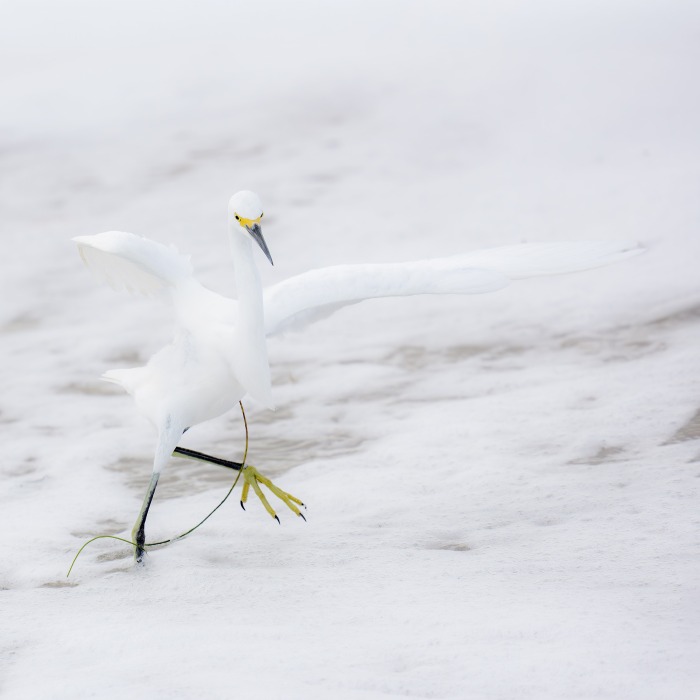
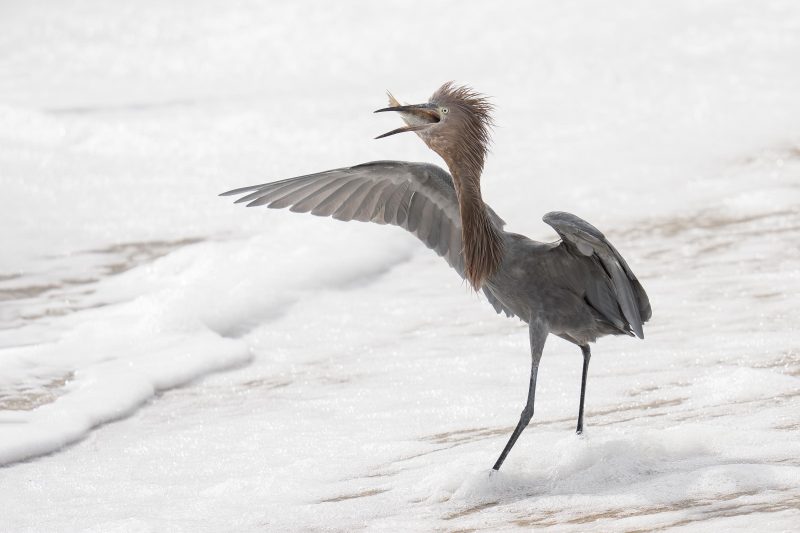
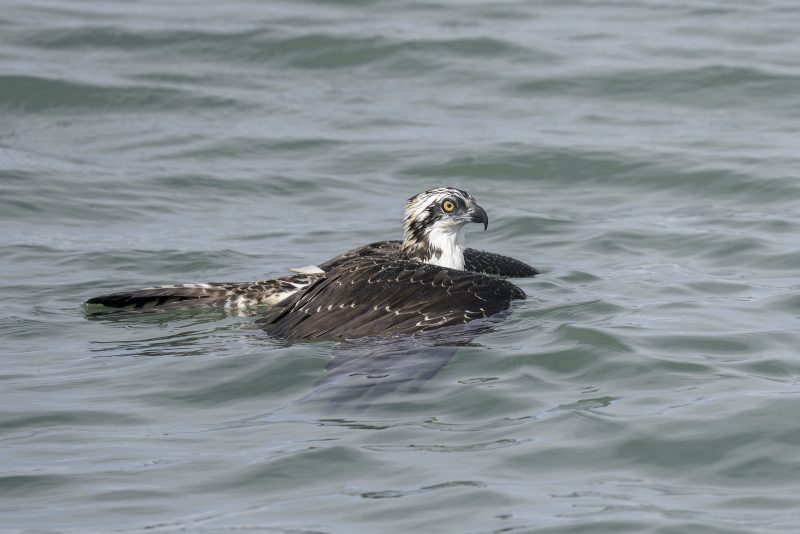
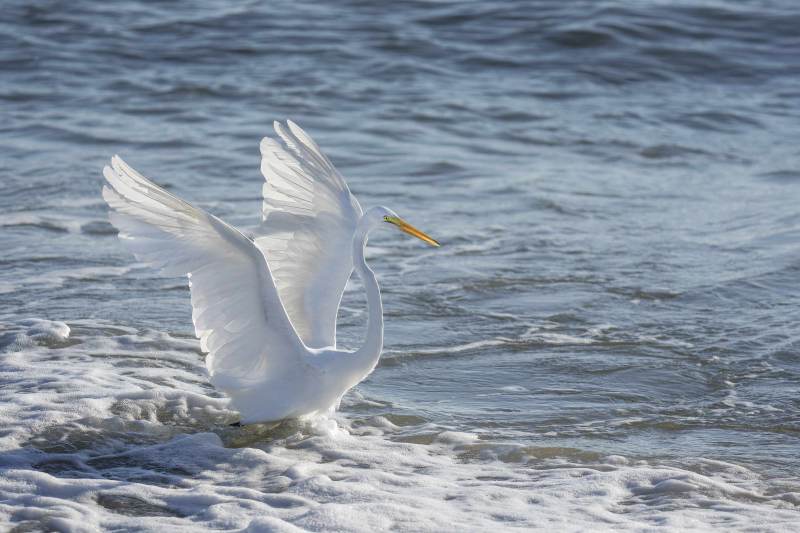






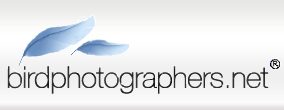


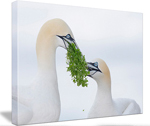
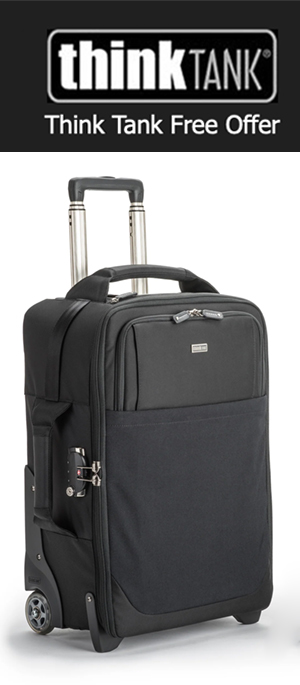


Leave a Reply